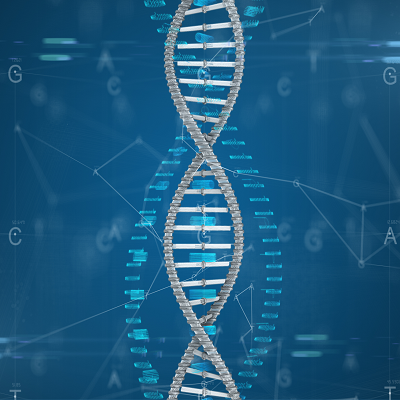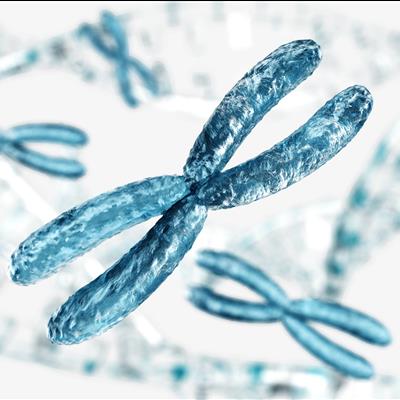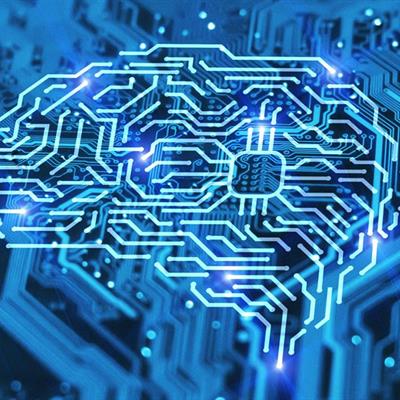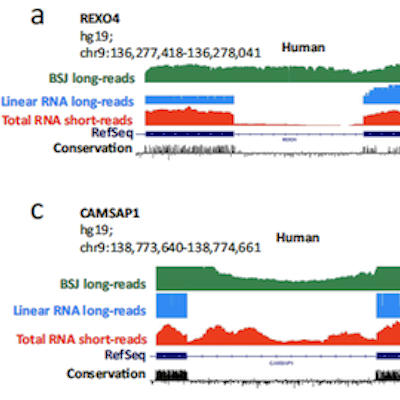July 18, 2022 -- New research identifies specific cells that regulate the transmission of information between brain areas and could form the basis for development of new treatment options for neuropsychiatric disorders such as schizophrenia and autism.
A research team from the Medical University of Vienna's Center for Brain Research recorded the activity of identified interneurons in the CA1 hippocampus of awake mice (Science, July 14, 2022). They found the activity of neurogliaform cells (NGFCs) was correlated with a decrease in coupling between pyramidal cell firing and gamma oscillations without affecting the overall levels pyramidal cell activity. In essence, NGFCs regulate information transfer by temporarily disengaging the synchrony with pyramidal cells without decreasing the activity of communicating networks.
NGFCs briefly inhibit other cell types and that means current perception and memories of past experiences can be processed both separately and in combination. In various neuropsychiatric disorders, such as schizophrenia and autism, the ability to process current perception and memories is impaired.
Next, the researchers plan to investigate how the activity of NGFCs can be influenced to form the starting point for new drugs and therapeutic options for neuropsychiatric disorders.
Copyright © 2022 scienceboard.net











